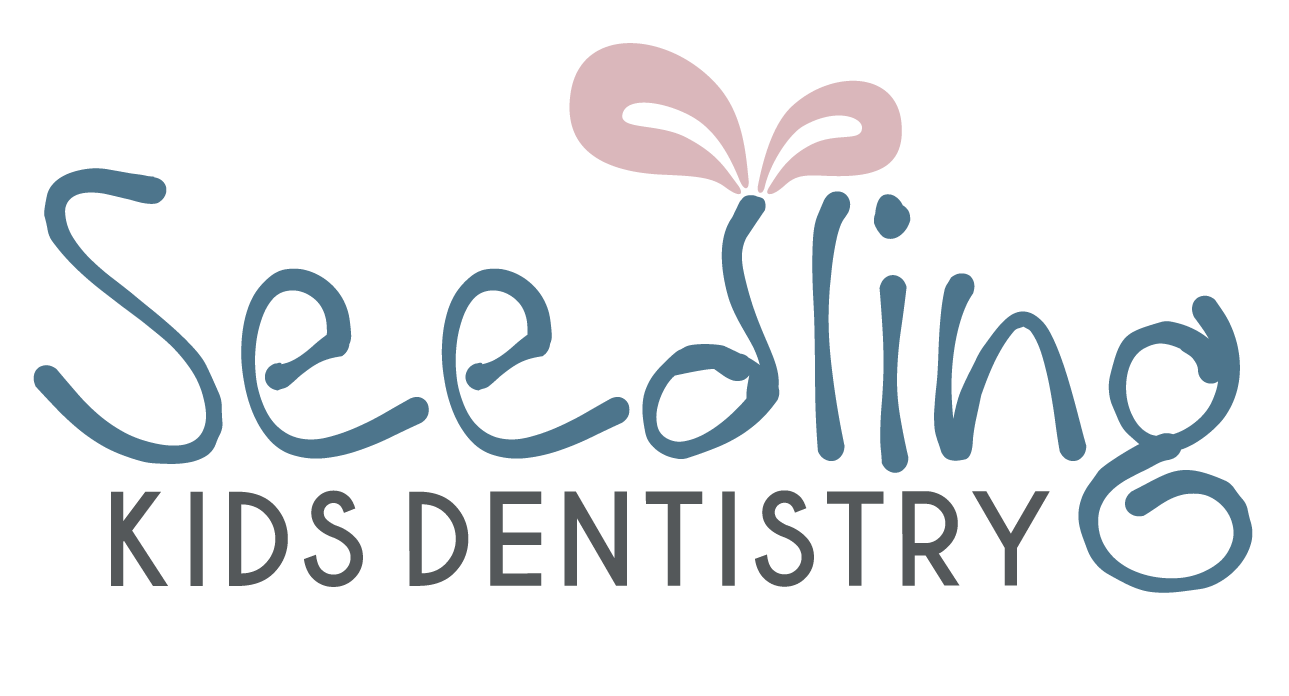

WHY SHOULD MY CHILD HAVE X-RAYS?
All pediatric dentists have super powers, but unfortunately, we do not have the power of X-ray vision!
Parents sometimes wonder why we recommend their child, who has a healthy and beautiful smile, have X-rays taken of his or her teeth. The answer is simple:
It is generally recommended that children visit the pediatric dentist twice a year for routine check-ups and cleanings. As a part of these visits, X-rays are often required annually for the identification and diagnosis of dental conditions. There are many parts of a tooth and its supporting structures that are hidden by either close contacts or tissues. It is important, especially at a child’s initial dental visit, to utilize all available tools in order to gain an accurate picture of a child’s oral health.
The ultimate goal is to be able to identify cavities when they are small or recognize developmental issues early before they can cause extensive damage, create extra work, or exert a damaging effect on a child’s oral health.
We believe that the benefits of X-rays far outweigh the risks, but concern about the amount of radiation from dental X-rays remains one the most common questions in dentistry.
Radiation is measured in Sieverts, which indicates the health effect of low levels of ionizing radiation on the human body. Since a Sievert is a very large dose, most measurements are done in millisieverts.
Average background dose per person per year (natural background radiation): 2.4 mSv
Bite-wing (2) X-ray: .004 mSv
Periapical (2) X-ray: .004 mSv
Panoramic X-ray: .007 mSv
Cone Beam scan for oral surgery/ortho: .009 mSv
CT scan of head: 2.00 mSv
X-ray of an extremity: .001 mSv
CT scan of chest: 8.00 mSv
Mammogram (two dimensional): .700 mSv
Flight from New York to LA: .04 mSv
Airport security scan: 0.00025 mSv
Eating a banana: .00010 mSv
Sleeping next to someone: .00005 mSv
Using a CRT monitor for one year: .001 mSv
Background dose received by average person on an average day: .01 mSv
HOW MUCH RADIATION IS IN A DENTAL DIGITAL X-RAY?
Here are some of the tools we use to minimize your child’s exposure during x-rays
Thyroid Collar/Lead Apron — The National Council of Radiographic Protection requires thyroid shielding for all children and highly recommends it for all adults. Studies show that the use of thyroid collars can reduce exposure levels by over 30%.
Digital Sensors — Use of digital radiography contributes to reduced exposure. When digital images are made, the dose reduction ranges from 0% to 50% of the exposure required for F speed film.
Digital X-RAYS
The most prescribed dental X-rays are the following:
• Bite-wing X-rays, which focus on the upper and lower back teeth and check for decay between teeth
• Periapical X-rays, which display the entire length of a tooth from crown to root, and are used to look at the health of the bone that supports the teeth and to detect abscesses, cysts, tumors, and impacted teeth
• Occlusal X-rays, which show nearly the full arch of teeth in either the upper or lower jaw. These X-rays are used to detect extra teeth, teeth that have not yet broken through, jaw fractures, cleft palate, and unusual growths or foreign objects
• Panoramic X-rays, which are a two-dimensional tomographic exam that shows the entire mouth in a single image, including teeth, jaws, and surrounding tissue
• Cone beam CT (computed topography) Scan, which is a three-dimensional image of the teeth, soft tissues, nerve pathways, and bone in a single scan; commonly used by oral surgeons and orthodontists, the images from a cone beam CT allow for better treatment planning and placement of dental implants
FREQUENTLY ASKED QUESTIONS
Have questions about digital X-rays? Here’s what many parents want to know:
-
Yes, digital X-rays use extremely low levels of radiation and are safe even for young children. We use them only when necessary for accurate care.
-
Usually once a year, unless your child is at higher risk for decay or we’re monitoring specific dental concerns or developmental milestones.
-
Not at all. The process is quick and painless. The sensors are designed for comfort, especially in small pediatric mouths.
-
Some issues—like decay between teeth or problems below the gums—can’t be seen during a visual exam. X-rays help us catch them early.
-
While we always respect your preferences, we recommend X-rays as a vital tool for accurate diagnosis and long-term preventive care.
Make An Appointment Today!
Serving San Francisco families with Quality Dental Care
Seedling Kids Dentistry is your choice for Pediatric Dentistry Services in San Francisco.









